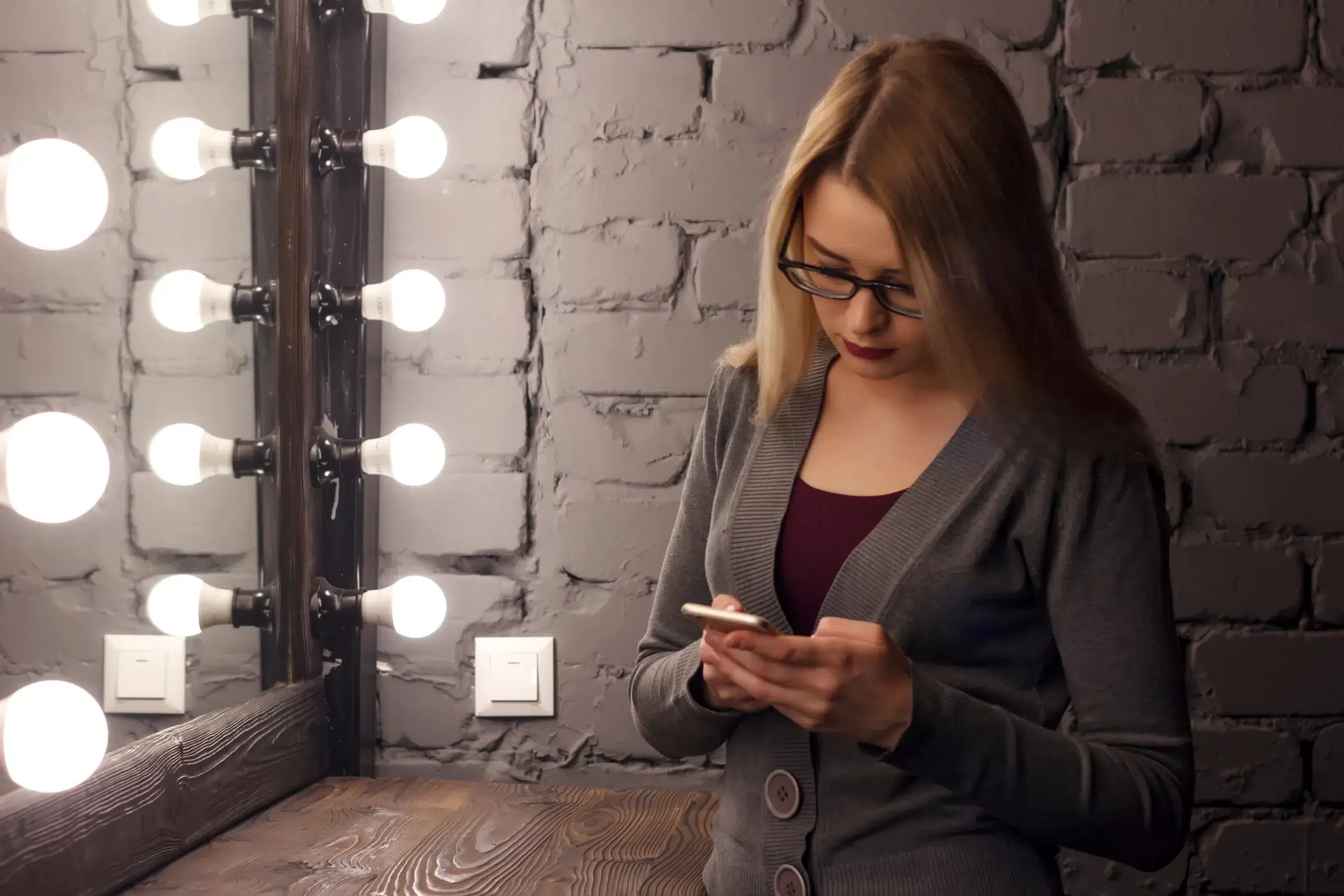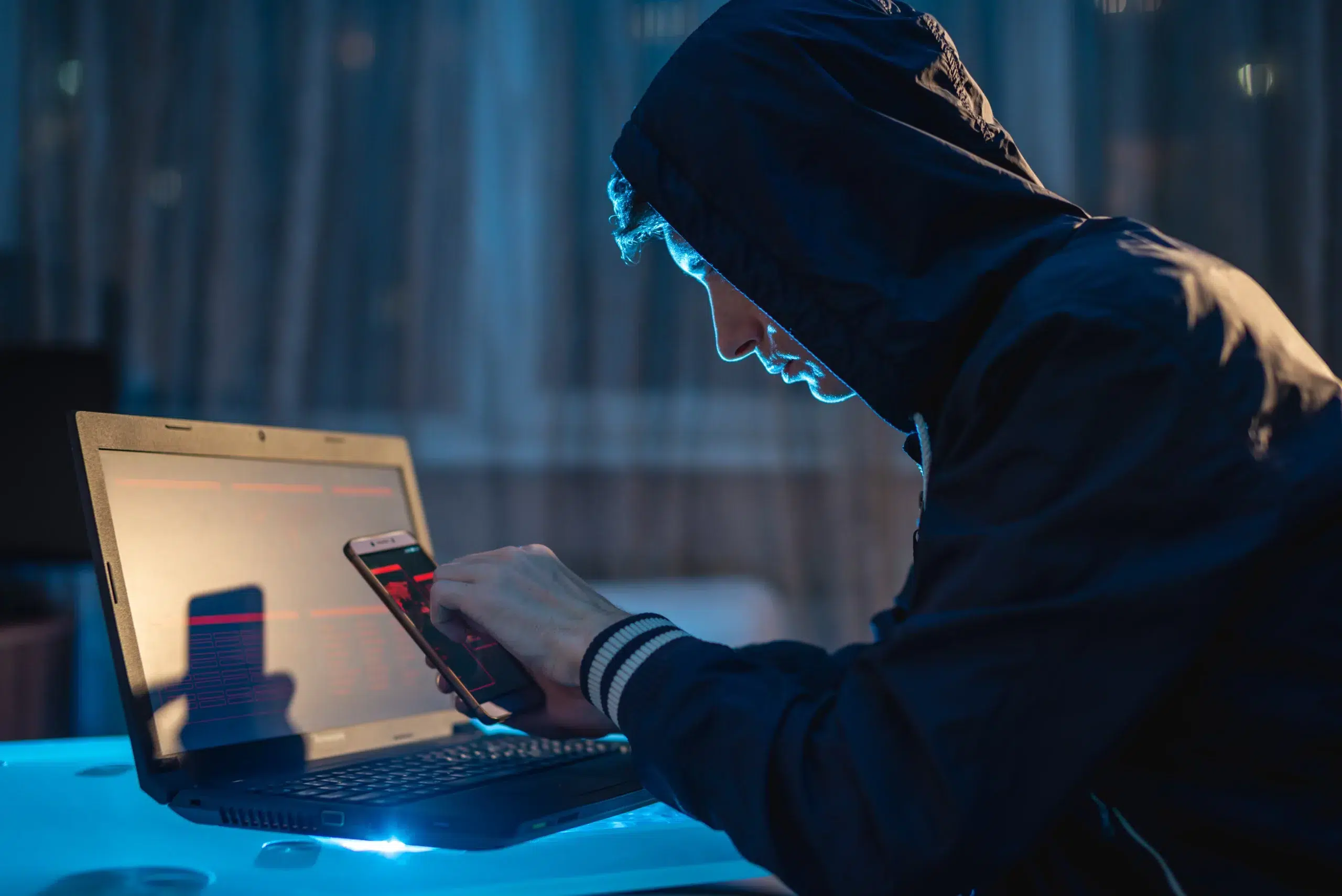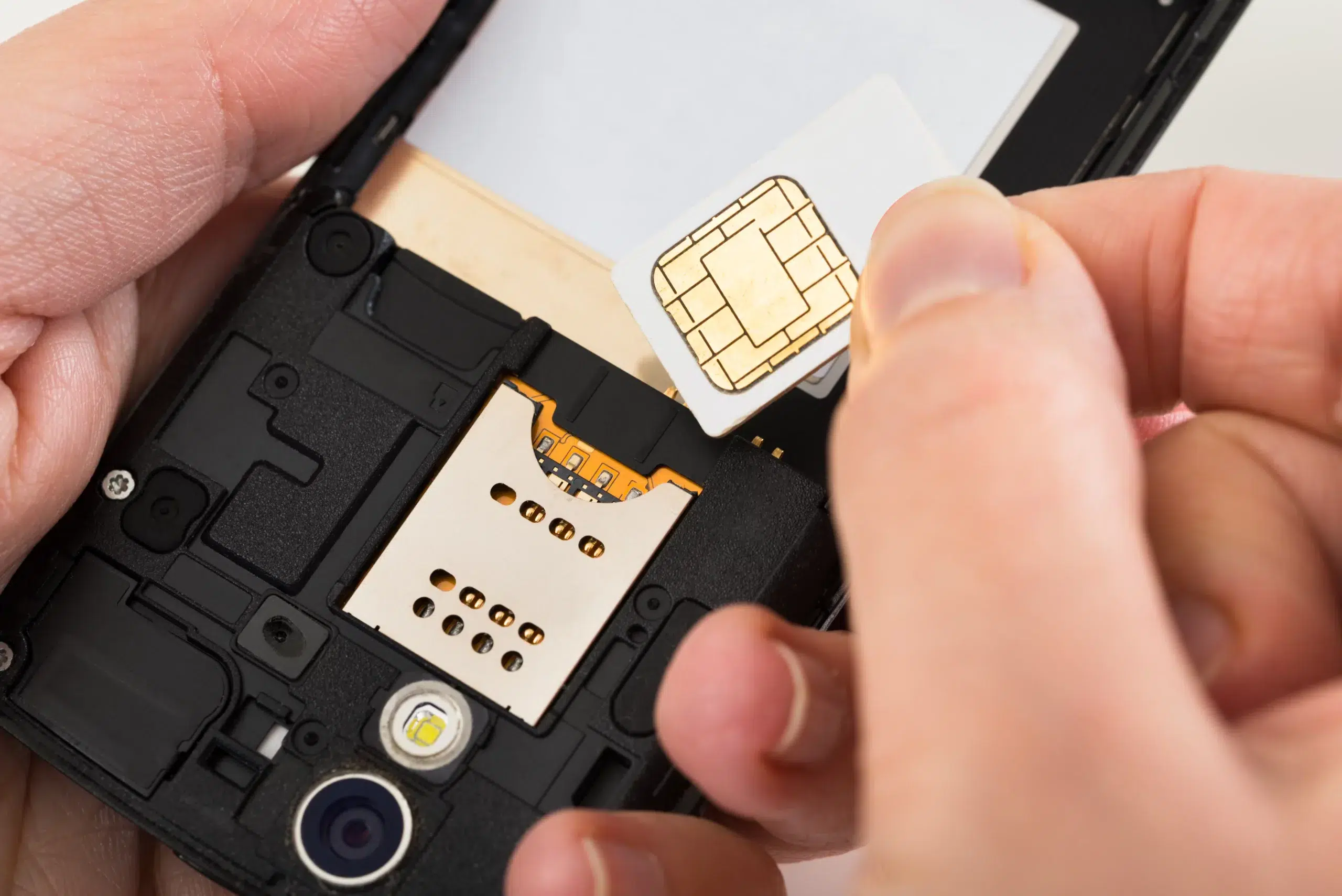Here’s how forced pairing of cell phones works like in Person of Interest:
While it is possible to hijack, clone, and even force pair with real-world phones, the way this is done in Person of Interest is not realistic.
Real-world versions of this technology and these techniques work much more slowly and less reliably.
Someone cannot rapidly take over your phone just by being near.
So if you want to learn all about how forced pairing with cell phones happens like in Person of Interest, then this article is for you.
Keep reading!
What Is the Person of Interest TV Show?

Person of Interest is a TV show that ran from 2011 to 2016.
It is a drama that incorporates science fiction themes.
Across 5 seasons, it ran for 13 episodes.
The premise of the show is that a genius computer program developed an algorithm that could take in massive amounts of real-world data and use it all to predict terrorism.
The algorithm could find “bad guys” and predict what they were going to try to do.
They call this algorithm “The Machine.”
In the show, the programmer, Harold Finch, teams up with John Reese, who is a CIA agent and former member of military special forces.
In essence, Finch provides the brains while Reese provides the brawn, and together they stop bad guys from doing bad things.
There is a concept where Harold Finch has developed software that can hijack into electronic devices, including cell phones. In several episodes, Finch and his associate, John Reese, use this capability to their advantage.
In one particular scene, Reese and Finch need to communicate covertly while being surrounded by government agents. To do this, Finch uses his software to “force pair” with a cell phone belonging to one of the agents nearby.
This allows Finch to take control of the agent’s phone, turning it into a makeshift walkie-talkie. Reese and Finch then use this hijacked phone to communicate with each other, all while the unsuspecting agent is unaware that his phone is being used.
The scene showcases the fictional advanced technological capabilities of Finch’s software and serves as a testament to the lengths the characters will go to in order to achieve their objectives. It also highlights the theme of surveillance and the power of technology that runs throughout the series.
How Do They Force Pair Cell Phones on Person of Interest?

That brings us to today’s question.
How does forced pairing of cell phones work?
Well, that’s a complicated question, so I think the best thing to do is start by explaining what it is and how it works within the context of the TV show.
Team Machine is often able to find, hijack, and manipulate phones when they need to.
This is enabled by a bit of software created by the genius, Finch.
The technique is sometimes called forced pairing.
Other times, cell phone forced pairing is referred to as bluejacking and phone cloning.
The way it works is that members of the team can install the tool on their own phones.
They can then use the software to see every other phone in range.
This tool will only show phones that are close enough and turned on.
From the list of phones that the user can see, they can then select a target phone.
The software forces the target cell phone to pair with the user’s phone.
The target’s phone on Person of Interest is then cloned rapidly with the cloning app.
This allows the team to do a lot of different things, including tracking phones via GPS, hijacking calls and messages to the target phone, installing programs remotely on the target phone, recording conversations, and more.
Over the course of the Person of Interest series, the forced pairing technology is used frequently and creatively to find people and solve problems.
Does Forced Pairing of Cell Phones Work in Real Life?

It seems like a fairly powerful bit of technology when you can completely take over any phone that happens to be on and nearby.
In the real world, that sounds kind of scary.
Is it something that we all need to worry about?
Not exactly.
Any single thing done in the show in regards to cell phone pairing is at least conceivably possible.
So, people can forcibly connect to phones.
They can steal information from phones.
They can even hijack phone calls and texts.
But, there’s a huge catch.
Doing these things in real life is a lot harder than what you see on the show. In reality it’s not as easy as just using a phone cloning app like in Person of Interest.
There is no magical program that gives you rapid access to every phone in an area, and there are a few reasons for that.
Also: How to Turn off Location Sharing on iPhone.
First, there are a lot of different phones in the world.
If you wanted one program that could hijack every different type of phone, it would need to be a big program.
That means it would be hard to install on a phone with limited storage, and phone hardware would probably run such a program slowly.
On top of that, phone manufacturers actually don’t want their products to be easily hijacked.
Really think about it from the manufacturer’s perspective for a moment.
If this type of technology could easily and quickly compromise any phone, then no phone would actually be secure.
Phone manufacturers actually put a lot of effort into developing and improving security measures for the devices that they sell.
This is important for privacy and peace of mind.
As you might imagine, easily hijacked phones probably wouldn’t sell very well.
So, even though a lot of the specific things done in the show are theoretically possible, doing it for real is a lot harder, slower, and less reliable.
Can You Force Pair a Cell Phone in Real Life? (4 Issues)

The fact that successfully force pairing a cell phone is extreme difficult should put some of your fears to rest, but there are still some big unanswered questions.
If these attacks are actually possible in the real world, how do they work?
Can you protect yourself from them?
Do they happen often?
There’s a lot to cover, so I’m going to cover the four biggest things that come up in Person of Interest: how to force pair, clone, and track a cell phone, and how to do it all discreetly.
There are other specific uses in the show that involves forced pairing, but covering absolutely everything would take too long.
Let’s just focus on the major issues.
#1 Forced Pairing

In real life, one phone can connect to another phone, even without permission.
The difference from the show is that this is neither common nor easy.
You can’t simply tell your phone to connect and have instant success.
Instead, you have to get around the defenses that exist on the target phone.
Phones absolutely can be hijacked, and when access is gained, a compromised phone can give up information, data, and more.
Hijacking a phone is not a simple thing, so I can’t give you a prescription of steps to see how it works.
Ultimately, you’re trying to find a way to convince the phone that you have permission to communicate with it and potentially do what you want with it.
There are software attacks that can get you to that point.
You can potentially send someone malicious software, and when they install it, you gain access to their phone.
The specific techniques are varied and would comprise a very long list.
The point is that there are ways to make this happen.
Here’s the catch.
Hijacking a phone is really the first step.
Once you have access to a cell phone, you can’t instantly clone it like how they do on Person of Interest.
Each thing you want to do with a compromised phone requires you to spend time and energy telling that phone what to do.
As an example, if you wanted to copy all of the files out of a hijacked phone, you would have to tell that phone to upload its data to a location that you can later access.
You can’t just run a quick program and get all of the goods.
Real life is slower and messier than that.
#2 Cloning

Cloning comes up in the show a lot, and it primarily does one of two things (or both at the same time).
It can copy a phone’s communication information in order to reroute texts and phone calls to the team.
Or, it can copy all of the data on a phone so that the team can dig through it to find the information they need.
Real phones definitely can be cloned, but it’s yet another that takes time, and doing it remotely without consent isn’t really practical.
You can clone everything on a phone and then upload all of that data to another cell phone, just not exactly like they do on Person of Interest.
That would give you access to every saved file on a phone when you do it.
But, it’s a slow process.
If you’ve ever created a backup of your phone, you know exactly how long this process takes.
Naturally, some cloning would be faster than other instances, and it mostly depends on how much data is being copied.
As for hijacking communication, cloning a phone like this won’t allow you to intercept phone calls, text messages, and other communications.
That’s because the SIM card in the phone is what routes that traffic.
So, in order to hijack calls and stuff, you need to physically steal the target SIM card.
If you do, you can put that card in a compatible phone and then hijack communications.
Hopefully, this highlights the fact that doing things as you see in Person of Interest requires a lot more steps, thus making it a lot harder to pull off.
#3 Tracking

What if you want to track a phone?
They do that a lot in the show too.
Well, modern phones are very easy to track—when you have permission.
Otherwise, it’s pretty difficult.
If you were on a real-world version of Team Machine, then the best bet might be to hijack the phone as opposed to force pairing a cell phone.
Once you have access to the target phone, you can add your device as a “Find My Friends” target (or whatever version their phone uses).
Also, you’ll need to make sure that the target phone is sharing its location.
If you do all of this, then the phone is easy to track.
If you can’t do all of that, then tracking software is actually working against you rather than for you.
Apple and Google put a lot of security measures into location services.
So, without permission from the target phone, you’re not going to get a location.
Now, there are ways for government authorities and phone carriers to track devices, but the average person doesn’t have access to them.
For all intents and purposes, you need permission to track a phone.
#4 Discretion

Here’s the biggest problem.
All of these types of attacks take time, and they usually require some type of permission from the target phone.
If you’re trying to do all of this discreetly, then it only gets harder.
In the real world, it’s actually easier to convince someone to give you access to their phone than it is to hijack the phone with some type of sophisticated software.
This doesn’t mean that hijacking is impossible, but you’ll find that phishing schemes and social engineering on cell phones are a lot more reliable than brute force pairing attacks.
So, if you’re looking to protect yourself from all of this, then learn more about phishing and social engineering.
Those are the bigger threats.


